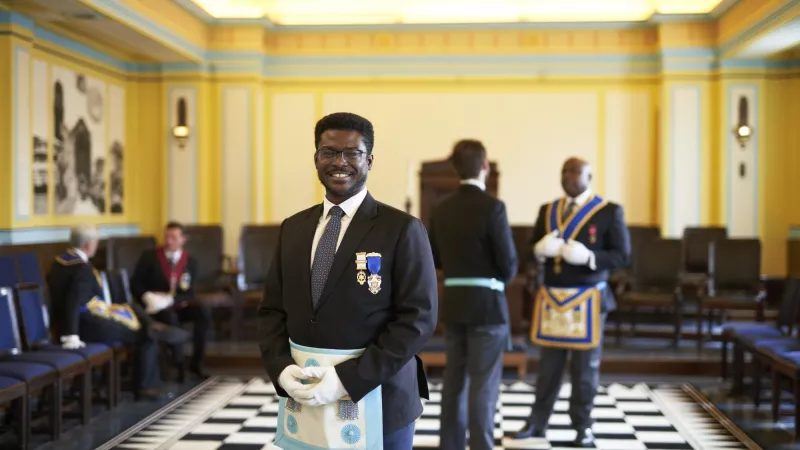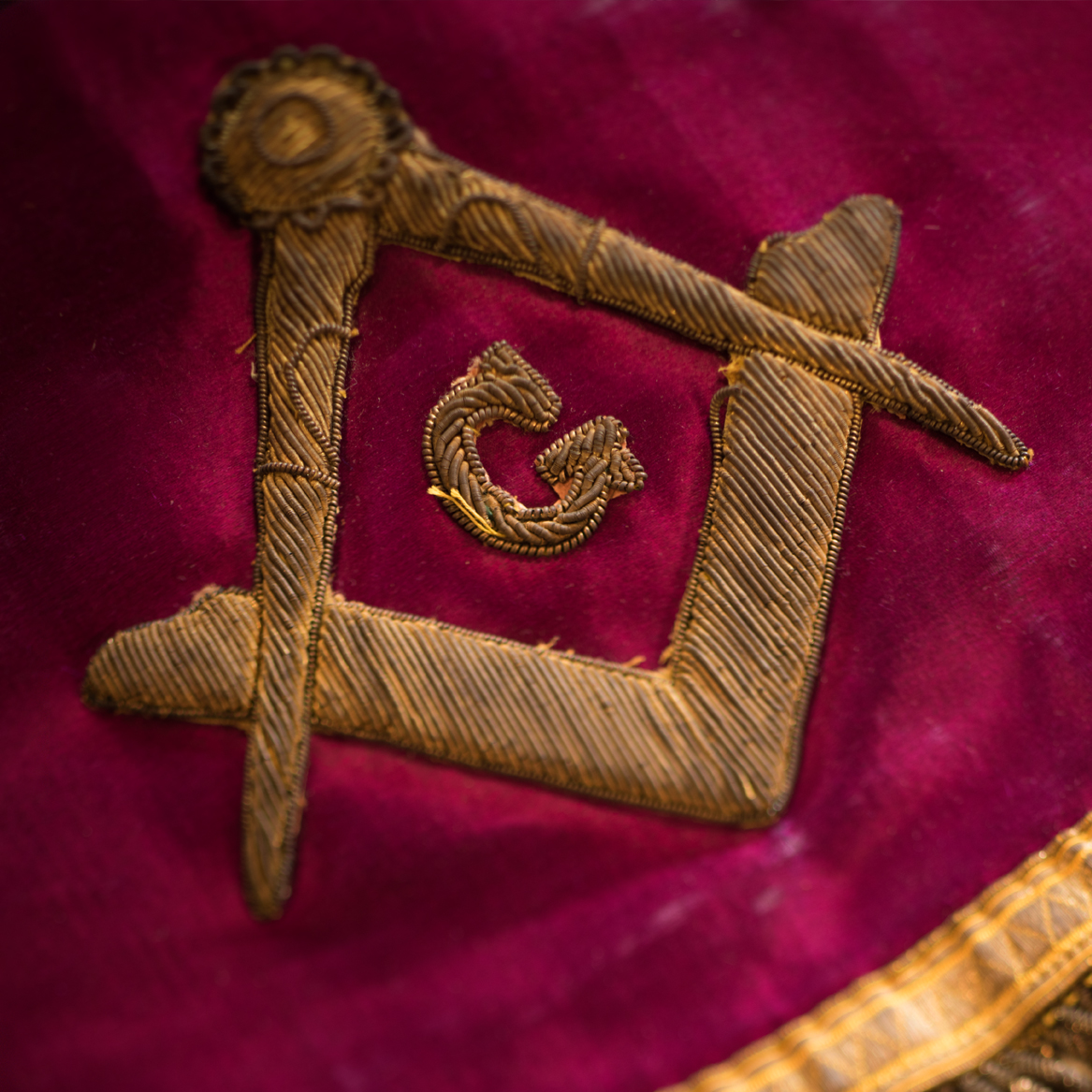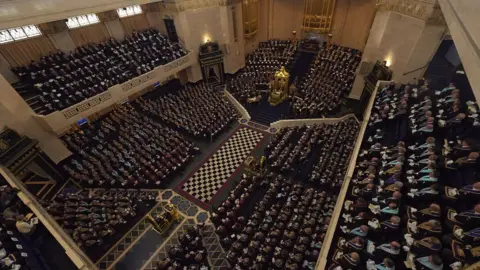Learn the Pathways and Insights to Join Freemason In Your Region
Learn the Pathways and Insights to Join Freemason In Your Region
Blog Article
Discovering the Mysteries of the copyright: What You Need to Know
The copyright, a term typically shrouded in intrigue and conflict, stands for a complicated tapestry of historical reality and modern myth. Established in the late 18th century, this secret society was initially rooted in the Enlightenment's ideals yet has since become associated with conspiracy theories about elite control. As we browse the beginnings, key numbers, and the raw comparison in between myth and fact, one have to consider how these stories influence modern understandings of power and privacy. What may be exposed with a closer evaluation of these components might challenge long-held assumptions about the shadows that remain in our culture.
Beginnings of the copyright
The beginnings of the copyright are steeped in a mix of historical intrigue and ideological eagerness. Established in 1776 in Ingolstadt, Bavaria, by Adam Weishaupt, the group was initially formed as a secret society focused on advertising Enlightenment ideals such as factor, secularism, and the splitting up of church and state. join freemason. Weishaupt, a teacher of canon regulation, looked for to test the dominating authority of the church and state, which he watched as overbearing institutions suppressing intellectual and personal flexibility
The copyright sought to hire significant participants from numerous societal fields, including politics, academia, and the arts, to cultivate a network committed to these Enlightenment principles. The culture operated under a veil of privacy, employing coded language and rituals to secure its members from mistreatment, particularly provided the repressive climate of the time. Nevertheless, the copyright faced substantial opposition from both governmental authorities and spiritual institutions, which viewed the group as a danger to their power.
Trick Figures and Members
That were the critical figures that formed the copyright's very early influence and instructions? The Bavarian copyright, founded in 1776 by Adam Weishaupt, arised as a feedback to the overbearing societal structures of the time.
One more substantial number was Johann Gottlieb Fichte, a prominent thinker whose ideas on nationalism and education resonated with the copyright's goals. Although Fichte was not an official member, his thoughtful underpinnings influenced the group's belief. Additionally, numbers like the author and philosopher Johann Wolfgang von Goethe were connected with the broader intellectual activities of the moment, although their direct involvement with the copyright stays disputed.
These crucial figures added to the copyright's very early instructions, pressing the borders of political and social thought, while their cumulative initiatives intended to challenge well-known norms and cultivate an environment of progressive change in Europe. (join freemason)
Misconceptions vs. Truth
Numerous misconceptions border the copyright, often blending truth with fiction in a method that obscures its true nature. The idea that the copyright continues to apply substantial influence over globe events is a myth.
An additional prevalent misconception is that the copyright comprises a network of elite people adjusting worldwide events. In fact, several conspiracy concepts exaggerate the group's importance, associating misguided objectives to social patterns and events. This has actually led to an oversimplified view of intricate problems.
In addition, the portrayal of the copyright in preferred culture usually further misshapes its tradition. Films and literary works tend to sensationalize the company's role, creating a story that splits from historical truths. Recognizing the distinction between the myths and the fact of the copyright is essential for discerning the genuine effect of this historic team and recognizing the more comprehensive effects of conspiracy concepts in contemporary society.

Modern Interpretations
Contemporary analyses of the copyright commonly mirror more comprehensive social anxiousness and a fascination with secrecy and power. This modern lens often associates the copyright with conspiracy theory theories that suggest a hidden elite coordinates globe occasions, controling federal governments and economies for their own gain. Such narratives tap into a deep-seated suspect of authority, particularly in times of dilemma or social turmoil.
In prominent society, the copyright is frequently illustrated as a supreme organization shrouded in mystery, bring about a wide variety of fictional portrayals in literature, film, and music. This portrayal serves not only to entertain yet additionally to provoke thought of the nature of power and control in contemporary society. Social media has additionally amplified these interpretations, enabling fast circulation of conspiracy theory concepts and producing communities that share and expand upon these ideas.
In addition, some modern analyses mount the copyright as a metaphor for the complexities of globalization and the interconnectedness of significant individuals and companies. This viewpoint motivates a vital exam of how power dynamics run in today's world, highlighting the equilibrium between openness and secrecy in administration and business you can try these out practices.
Cultural Impact and Tradition
Influenced by centuries of intrigue, the cultural impact and heritage of the copyright expand far beyond its historical beginnings. This secret society, developed in the late 18th century, has permeated various facets of popular society, from literary works and film to music and art. join freemason. The principle of the copyright has actually official website developed into an icon of conspiracy theory theories, typically standing for a regarded covert power manipulating international events
In literature, writers like Dan Brown have woven the copyright into detailed plots, captivating viewers with styles of privacy and power. Movies such as "National Treasure" and "The Da Vinci Code" further bolster the appeal of the culture, blending fact with fiction to produce engaging stories.

Eventually, the copyright's tradition is an intricate tapestry of misconception and reality, forming assumptions of privacy and control in modern discourse. Its enduring existence in culture emphasizes humankind's seasonal pursuit for recognizing covert truths.

Verdict
The expedition of the copyright reveals an intricate interplay in between check my source historic realities and modern myth-making. Started in the Knowledge era, this society intended to challenge oppressive structures, yet its heritage has actually been outweighed by conspiracy theories that recommend elite manipulation. Recognizing the differences between the initial ideals and modern analyses is crucial for comprehending the withstanding attraction with the copyright and its considerable influence on social stories surrounding power and secrecy in culture.
Report this page